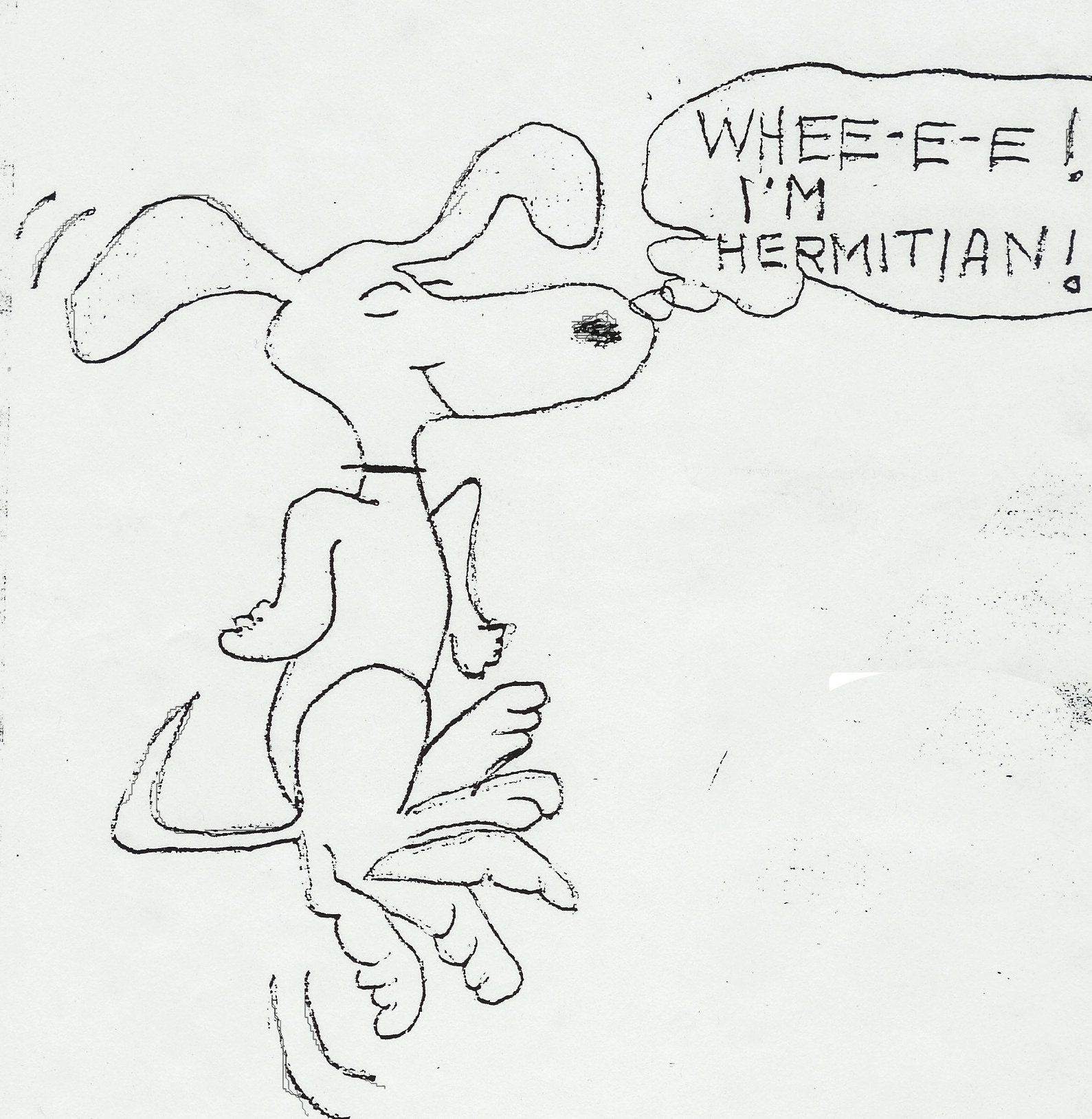(9 Feb 06 CD) Notes for the thermal image lecture are posted as set 2.
(19 Jan 06 CD) The corrected notes are posted above.
(11 Jan 06 by CD) The rest of Set 1 of the notes is posted, along with all the corrections made during class up through today.
(10 Jan 06 by CD) Set 1 of the lecture notes is posted, in part. I'm still working on the end of it.
Welcome!
This year (2005) Professor Roy J. Glauber, of Harvard University, shared the Nobel Prize in physics "for his contribution to the quantum theory of optical coherence," making this a particularly appropriate semester to present our first-ever course in Quantum Optics. Most of optics can be treated classically by the use of Maxwell's equations, supplemented by the occasional mention of the photon when absolutely necessary. This pedagogical approach creates the unfortunate impression of a dichotomy between "wave theory" and "particle theory." This course, taught by Profs. Devaney and DiMarzio, will show how these two concepts are reconciled through quantization of the field, and will provide the student with the fundamental principles underlying the operation of lasers and detectors, the theory of signals and noise in optics, and the principles of such inherently quantum-mechanical phenomena as squeezed states, entangled-photon interferometry, and quantum cryptography. We will use the recent book (2004) Introductory Quantum Mechanics, by Gerry and Knight but, recognizing that most ECE students lack a strong background in quantum mechanics, we will begin with a review of the basic principles, and then cover about the first seven chapters. We also intend to supplement the reading with some of Prof. Glauber's original papers. Our goal is for the students to gainWe look forward to an exciting and rewarding semester.
Profs. Devaney and DiMarzio

ABOUT THE BACKGROUND: My favorite winter pastime is skiing. I put this background together from a detail of a photograph taken at Park City, in 2003. There are four copies in different orientations so that the tracks (and more importantly, the brightness levels) line up as the pattern repeats. (CD)